This state could be next to use nitrogen gas for death penalty if bill passes
As she dialed 911 for help, Stephanie Guzzardo was ruthlessly gunned down inside the Louisiana business where she worked more than a quarter century ago.
Despite pleading for her life, Todd Wessinger fatally shot the 27-year-old woman and her co-worker, David Breakwell, during a robbery at a Baton Rouge restaurant on Nov. 19, 1995.
On June 24, 1997, court records show, Wessinger was convicted of two counts of first-degree murder and sentenced to death.
More than a quarter century later, Wessinger, now 56, still sits in a cell on death row inside Louisiana State Prison in Angola.
He's not alone.
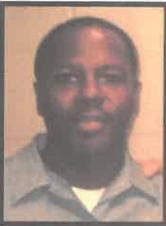
According to the Louisiana Public Department of Safety and Corrections, Wessinger was one of 58 inmates on death row Thursday, with no execution dates set.
That could soon change.
Following a more than decade-long unofficial moratorium on executions, Louisiana is considering adding two new authorized methods for the state to carry out on its prisoners - 1 woman and 57 men.
The move comes after Louisiana Gov. Jeff Landry recently signaled a push for the state to resume executions and lawmakers there last week filed a bill to add electrocution ? and nitrogen gas ? to the list of authorized methods.
The controversial death by nitrogen gas
The controversial death by nitrogen hypoxia was used last month when Alabama executed a convicted killer ? making it the first state to use the new method.
"We wanted to have an alternative in case the scenario arises like it did in Alabama" said Republican state Rep. Nicholas Muscarello Jr., who filed House Bill 6 last week. "We didn't want to reinvent the wheel."
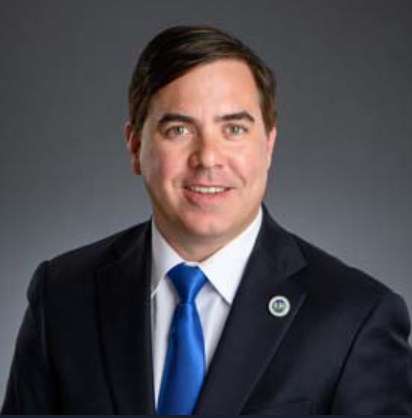
Lethal injection would still be the preferred method in the state, Muscarello, an attorney who chairs the House’s Civil Law and Procedure Committee, told USA TODAY Thursday.
"Multiple states have the death penalty, this is not a novel conception," Muscarello said. "I'm just trying to bring some closure to these families."
Over the past several years, according to the Death Penalty Information Center, governors in California, Pennsylvania, Washington, Colorado, and Oregon have put a halt to executions in their states due to "problems in the death penalty system."
Although there is no official moratorium in Louisiana, the state hasn't carried out a death row execution since Jan. 7, 2010 when it executed convicted sex offender and killer, Gerald James Bordelon.
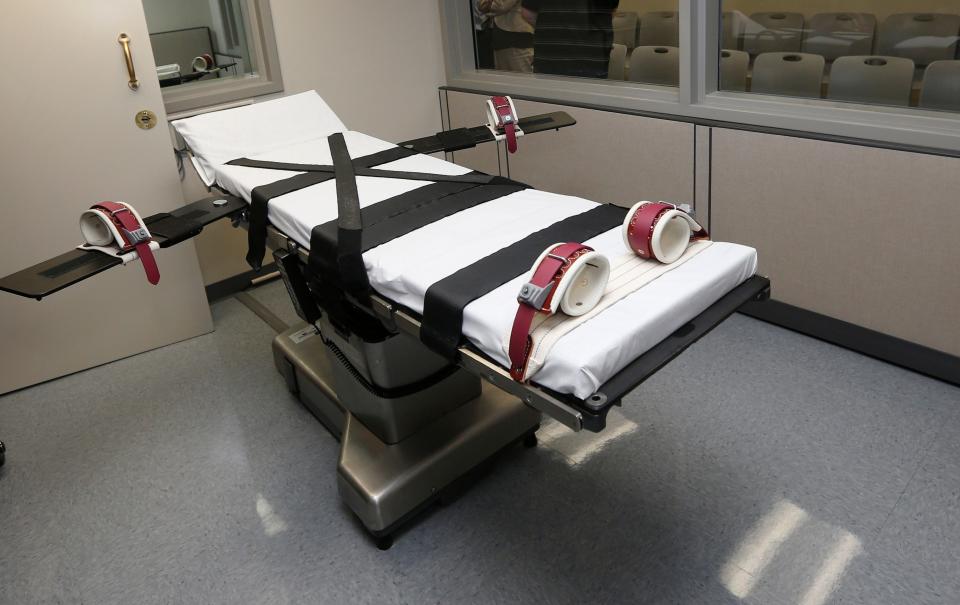
Bordelon, who was 47 when he was put to death, was convicted of one count of first-degree murder in then late 2002 death of his 12-year-old stepdaughter.
“When we fail to abide by our promises and our contractual obligations to victims out there,” Landry said during a Jan. 31 press conference, “how can we go around and say that we have any credibility on anything else that we do? States around us are finding ways and methods in order to execute those that have been tried and convicted and sentenced to death.”
Nitrogen hypoxia: Why Alabama's execution of Kenneth Smith stirs ethical controversy
The proposed bill
Muscarello said he filed House Bill No. 6 proposing nitrogen gas and the electric chair be used for the death penalty amid an execution drug shortage and because both methods were approved by the Supreme Court.
"This bill is not a debate about the death penalty itself, it's about the victims families," he said. "They've had a jury trial, the jury has found them guilty and sent them to death and now they are just waiting."
Co-sponsored by speaker pro temp State Rep. Michael T. Johnson, the proposed legislation also sets guidelines to ensure the names of people who help carry out executions are protected in the state. The identities of any victims' family members who witness the execution also would be protected under the bill if it becomes law.
"Any provider of the ingredients for the drugs will also be shielded from being exposed as well," Muscarello said.
A restaurant, a 911 call and a plea for mercy
Guzzardo was making a 911 call when she was shot, before she begged Wessinger to spare her life, the Advocate reported. In addition to killing her 46-year-old co-worker, Wessinger also shot a third employee who survived. His gun malfunctioned when he tried to shoot a fourth employee.
In November, following all appeals in his case being exhausted, the state Board of Pardons denied Wessinger clemency.
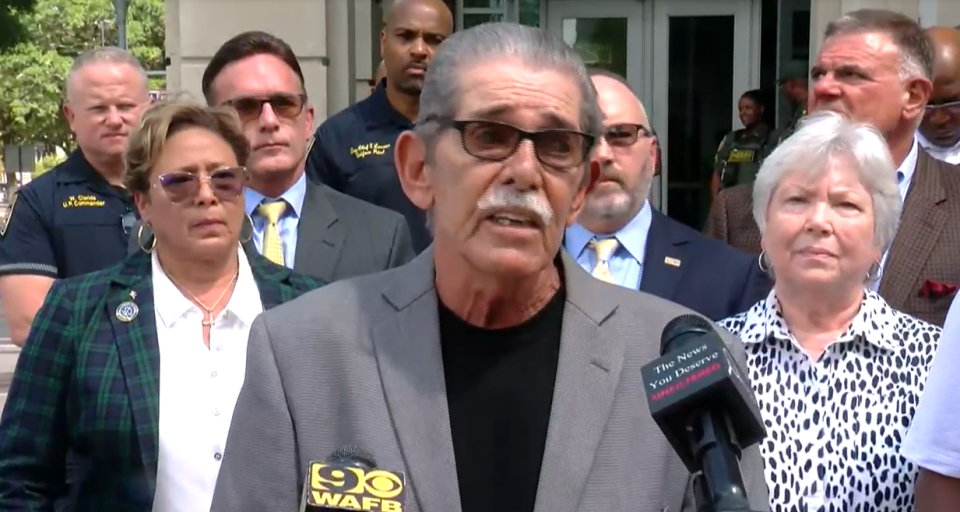
The victim's father, Wayne Guzzardo, has attended numerous appeal hearings over the years, Muscarello said, and testified before lawmakers asking the state to carry out Wessinger's death sentence.
"To this day he still cries thinking about her brutal death," Muscarello said. "When you look at a guy like that who has been through so much, the only thing he is focused on is the perpetrator being brought to justice."
Death by gas: Nitrogen hypoxia execution was sold as 'humane' but witnesses said Kenneth Smith was gasping for air
Upholding 'contractual obligations'
During a news conference late last month, Louisiana's newly elected governor, who took office on Jan. 24, said he was committed to upholding “contractual obligations” between the state and victims’ families after a death sentence has been handed down in court, hinting he was willing to explore expanding execution methods in the state.
“I have committed myself to those families because I have sat in front of those families. I have listened to those families from all over the state,” Landry said. “They deserve their day of justice. That is what the jury has granted them.”
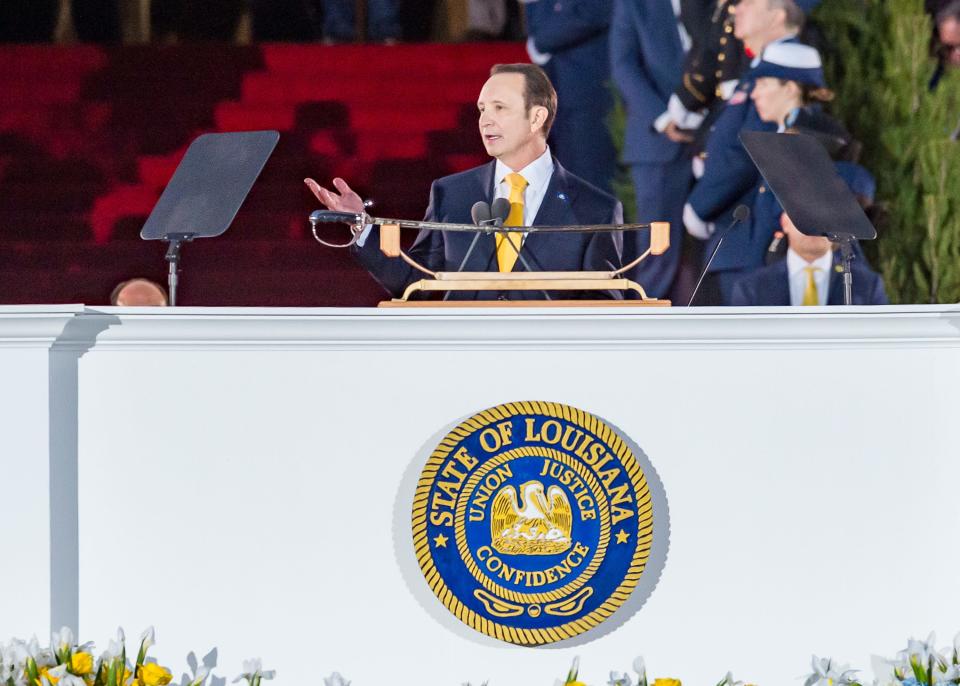
What is nitrogen hypoxia and how is it used to execute someone?
Nitrogen organically exists in the atmosphere, composing about 80% of the air that people and animals breathe.
Colorless and odorless, the gas is only safe to inhale until it is separated from oxygen. When administered to a person, the lethal concoction is designed to deprive a person of oxygen until they breathe only a high concentration of nitrogen, causing the person to asphyxiate and die.
The nation's first gas execution
On Jan. 25, Alabama used nitrogen gas to put to death convicted murderer 58-year-old Kenneth Eugene Smith.
Smith's death marked the first time a new execution method had been used in the United States since lethal injection was introduced in 1982.
When Smith died, the use of nitrogen hypoxia was permitted in only two other states ? Oklahoma and Mississippi ? but had never been used to execute a person on death row.
Alabama officials argued that it would be a "swift, painless, and humane" execution, but witnesses said Smith was gasping for air.
The execution took about 22 minutes from the time between the opening and closing of the curtains to the viewing room. Smith appeared to convulse and shake vigorously for about four minutes after the nitrogen gas apparently began flowing through his mask. It was another two to three minutes before he appeared to lose consciousness, all while gasping for air to the extent that the gurney shook several times.
He was pronounced dead at 8:25 p.m.
Contributing: Eric Lagatta, Jeanine Santucci and Thao Nguyen
Natalie Neysa Alund is a senior reporter for USA TODAY. Reach her at [email protected] and follow her on X @nataliealund.
This article originally appeared on USA TODAY: Louisiana bill proposes nitrogen gas, electric chair for death penalty
